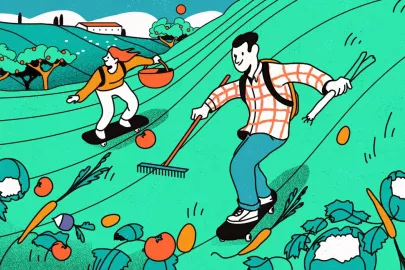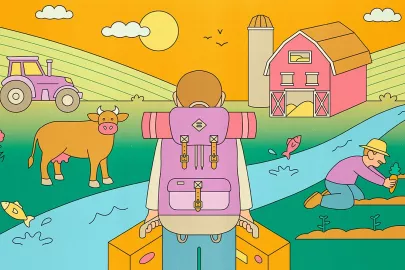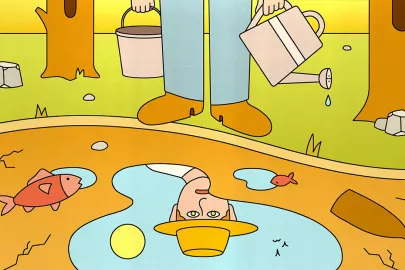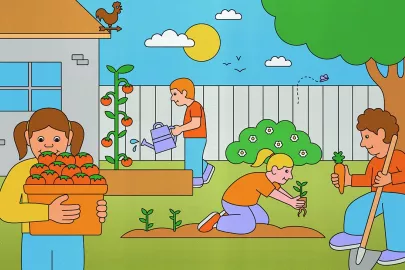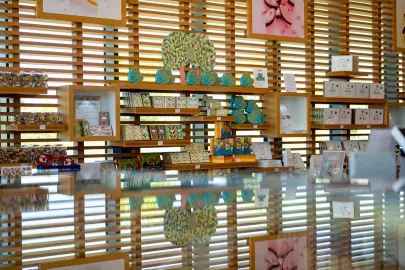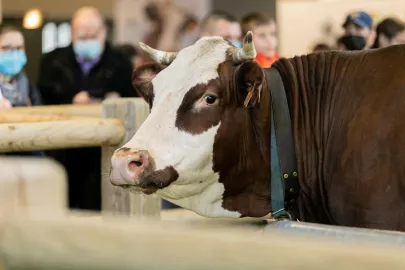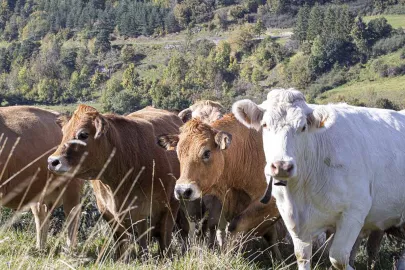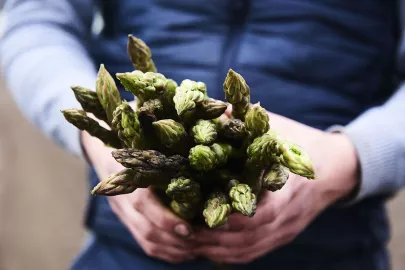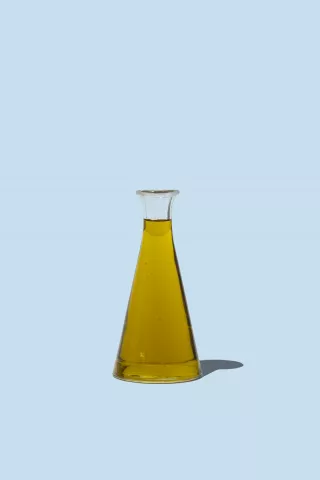Agriculture is one of many sectors searching for ways to reduce its energy consumption as far as possible and, in some cases, decarbonize completely. In France and other countries, solar panels are beginning to crop up in farmed fields and on pastureland.
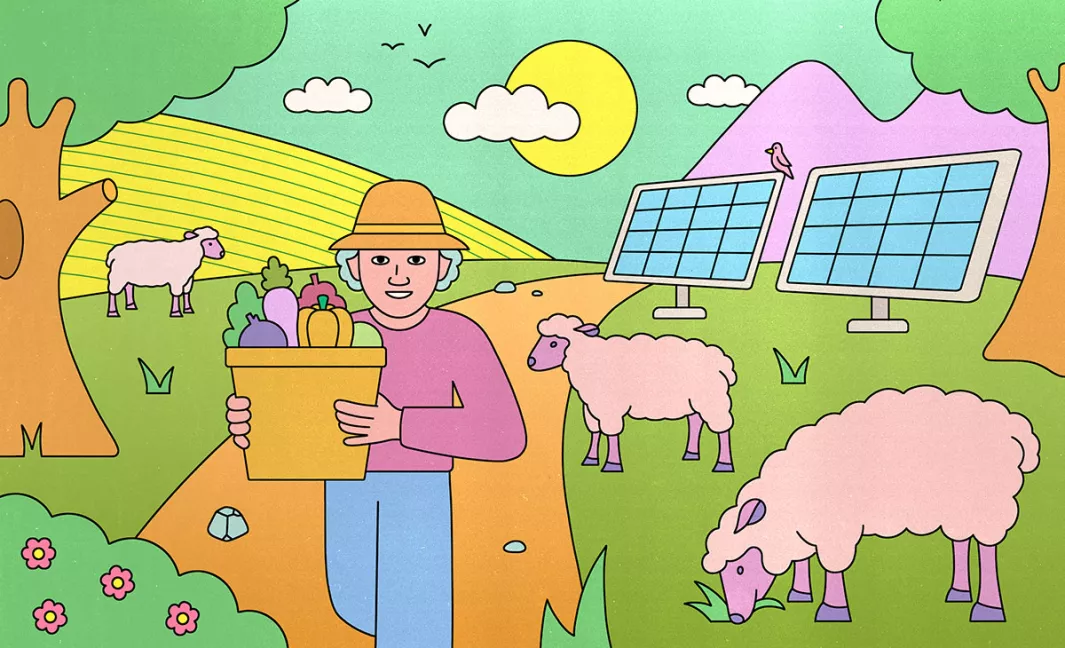
The sight of sheep grazing under a vast canopy of solar panels looks odd at first. But this futuristic landscape is increasingly common in France. The average farm spends 10 to 30% of its money on energy, leading more and more French farmers to produce their own electricity – a practice known as agrivoltaics – as a means of reducing these costs.
Invented in 1981 by two German physicists, Adolf Goetzberger and Armin Zastrow, this technique, which combines agricultural and photovoltaic energy production on the same plot, involves setting up rows of removable, rotatable photovoltaic panels above certain crops. This method, known as "solar sharing," allows farmers to generate green electricity while achieving two sizable goals: mitigating climate hazards that threaten their yields by creating giant sunshades, and producing renewable energy without harming the natural soil.
One farmer eager to benefit from these advantages is Benoît Valery. Badly affected by the drought of 2019 and vehemently opposed to irrigation, this winegrower in Les Corbières, in southwest France, plans to invest in photovoltaic energy by installing a lattice of solar panels over his young vines to protect them from the devastating effects of direct sunlight.
In 2019, in France, 50,000 farms accounted for 96% and 26% of biofuel and biogas production respectively, 83% of wind power ‒ i.e. where farmland is used to build wind farms ‒ and 13% of photovoltaic production. In total, 20% of France’s renewable energy is produced by its farmers – equivalent to 3.5% of national energy production (1). In the United States, solar panels have really taken off, particularly in Texas, where many farmers install and maintain these futuristic structures themselves and green energy giants rely heavily on flocks of sheep to remove weeds from the base of the panels. This provides local shepherds with an unexpected windfall – €1,220 for each hectare grazed per year (2). These “energy farmers” clearly have a bright future ahead of them.
1.ADEME
2.Courrier International
Contributeur

Editor

